
A recent meta-analysis found that multiparametric MRI and PET/CT had comparable detection rates for diagnosing prostate cancer recurrence.


MRI-Based Deep Learning Algorithm Shows Comparable Detection of csPCa to Radiologists
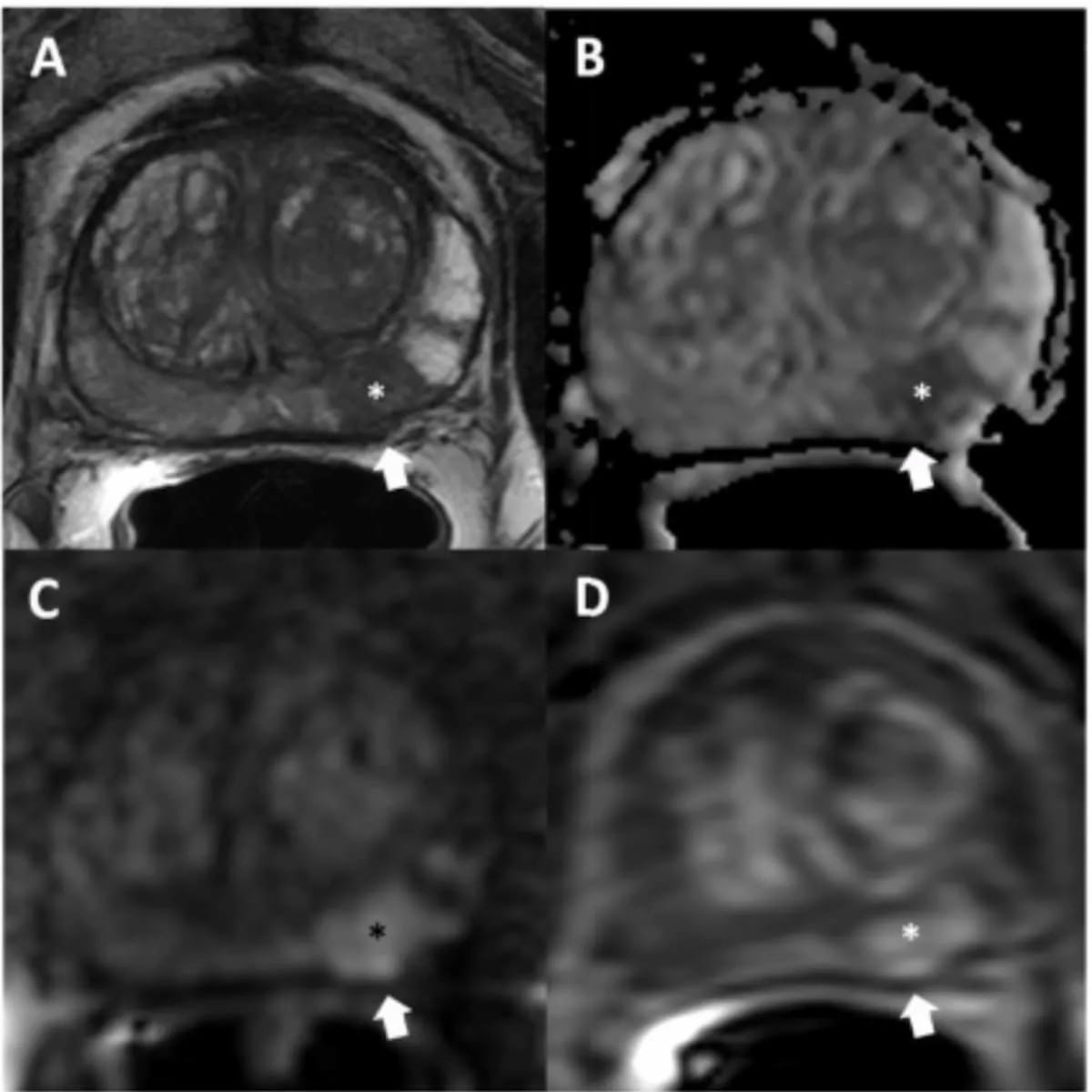
Predicting Clinically Significant Prostate Cancer: Can a Prostate MRI Point-Based Model Have an Impact?

A recent meta-analysis found that multiparametric MRI and PET/CT had comparable detection rates for diagnosing prostate cancer recurrence.
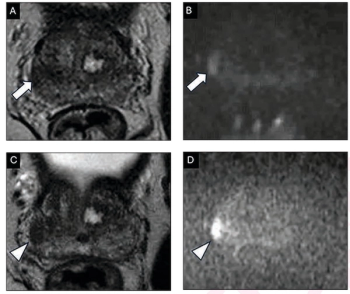
In a recent review, researchers examined the pros and cons of specialized scoring systems for prostate MRI, including the PI-QUAL score, PRECISE recommendations, PI-RR scoring and PI-FAB assessments.

Up to 48 percent of unnecessary prostate biopsies could be eliminated by limiting biopsy to patients with PI-RADS 4 and higher MRI assessments and a prostate-specific antigen density level below 0.15 ng/mL2, according to a new meta-analysis.
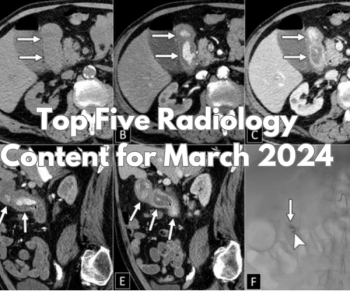
Catch up on the most-well viewed radiology content in March 2024.
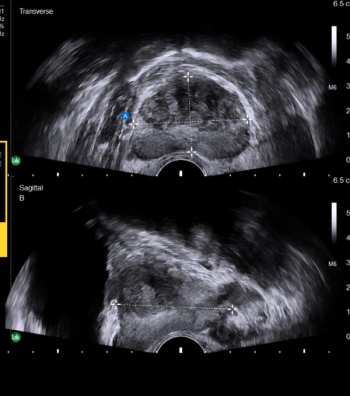
Featuring automated one-click functionality for capturing prostate volume, the AI-enabled software may help shorten workflows for prostate imaging, biopsies, and ultrasound-guided procedures.
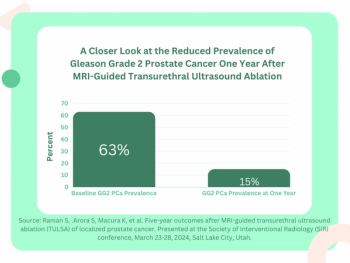
For men with prostate cancer, the use of MRI-guided transurethral ultrasound ablation (TULSA) led to a 92 percent decrease in median prostate volume at one year, according to new research recently presented at Society of Interventional Radiology (SIR) conference.
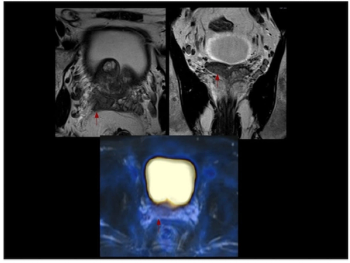
Ga-PSMA PET MRI offers nearly 22 percent higher sensitivity for localized prostate cancer and comparable specificity to multiparametric MRI, according to a recently published prospective study.

Catch up on the top radiology content of the past week.
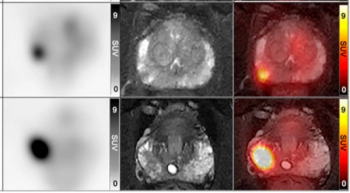
For men with PI-RADS 3 lesions, PRIMARY scores of 4-5 with PET/MRI had a sensitivity rate of 87.5 percent for clinically significant prostate cancer, according to newly published research.
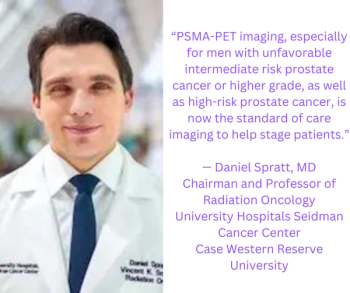
Amid new research insights and advances in the management of patients with prostate cancer, Daniel Spratt, M.D., shared his observations in an interview on the emerging role and impact of PSMA-PET imaging.

Based on findings from a multicenter study of over 1,600 patients, researchers at the European Congress of Radiology suggest the inclusion of autonomous artificial intelligence (AI) triage could facilitate up to a 75 percent reduction in prostate MRI reading workload.

Sixty-five percent of patients with newly diagnosed high-risk prostate cancer may have extraprostatic extension on MRI, and PSMA PET/CT findings suggest those with Gleason scores of eight or higher have more than double the risk of metastasis, according to a new study presented at the European Congress of Radiology (ECR).

Catch up on the top radiology content of the past week.
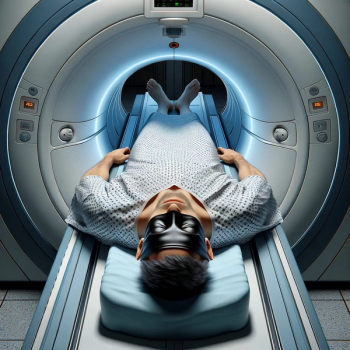
In a recent assessment of PI-RADS upgrading rules, researchers found that ignoring the upgrading rules would lead to one missed diagnosis of clinically significant prostate cancer per 5.5 biopsies avoided with MRI-focused risk pathways.

In an analysis of repeat prostate cancer screening, researchers noted no suspicious MRI findings for over 86 percent of men who had PSA levels of 3 ng/mL or greater at a second prostate cancer screening.

A multivariable model that includes mpMRI and blood testing assessment of prostate extracellular vesicles had a significantly higher AUC and sensitivity rate than mpMRI alone for predicting clinically significant prostate cancer, according to research presented at the American Society of Clinical Oncology Genitourinary Cancers Symposium (ASCO-GU).

Patients with localized high-risk prostate cancer and midline radiotracer activity in the prostate had over double the incidence of urethral hyperintensity on T2W MRI, according to research presented at the American Society of Clinical Oncology (ASCO) Genitourinary Cancers Symposium (ASCO-GU).
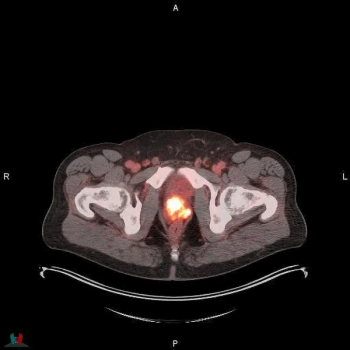
For patients with recurrent prostate cancer, PET scanning with 18F-flotufolastat led to major changes in treatment for 80 percent of patients and 75 percent of patients with a changed treatment focus to watchful waiting had negative scans, according to new research presented at the American Society of Clinical Oncology (ASCO) Genitourinary Cancers Symposium (ASCO-GU).
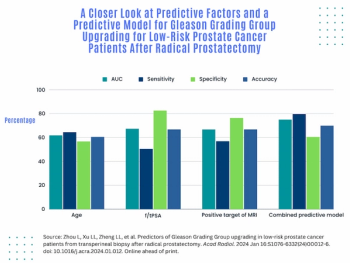
Researchers found that a positive target of MRI led to a threefold increased risk for Gleason Grading Group (GGG) upgrading after radical prostatectomy in patients with low prostate cancer risk.

The use of actinium-225 PSMA radioligand therapy led to PSA level decreases of at least 50 percent in 57 percent of patients and a median progression-free survival rate of 7.9 months in patients with metastatic castration-resistant prostate cancer (mCRPC), according to newly published research.
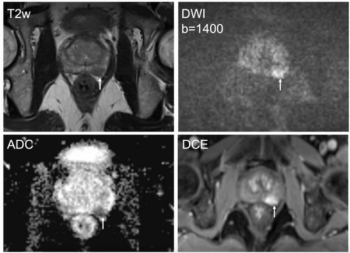
A model that combines multiparametric MRI findings with clinical factors may enhance the accuracy of predicting clinically significant prostate cancer and significantly reduce unnecessary systematic prostate biopsies in biopsy-naïve patients.
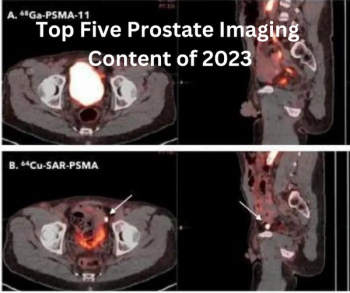
Catch up on the most well-viewed prostate imaging content from 2023.

Catch up on the top AI-related news and research in radiology over the past month.

The use of 68Ga-RM2 PET/MRI demonstrated a 35 percent higher sensitivity rate than MRI alone for the diagnosis of biochemical recurrence of prostate cancer, according to research recently presented at the Radiological Society of North America (RSNA) conference.
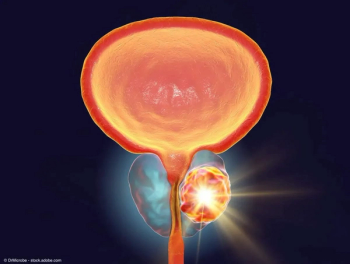
Follow-up MRI imaging one year after transurethral ultrasound ablation revealed approximately 50 percent decreases in prostate volume and median PSA density, according to recently presented research findings at the 2023 Society of Urologic Oncology (SUO) Annual Meeting.